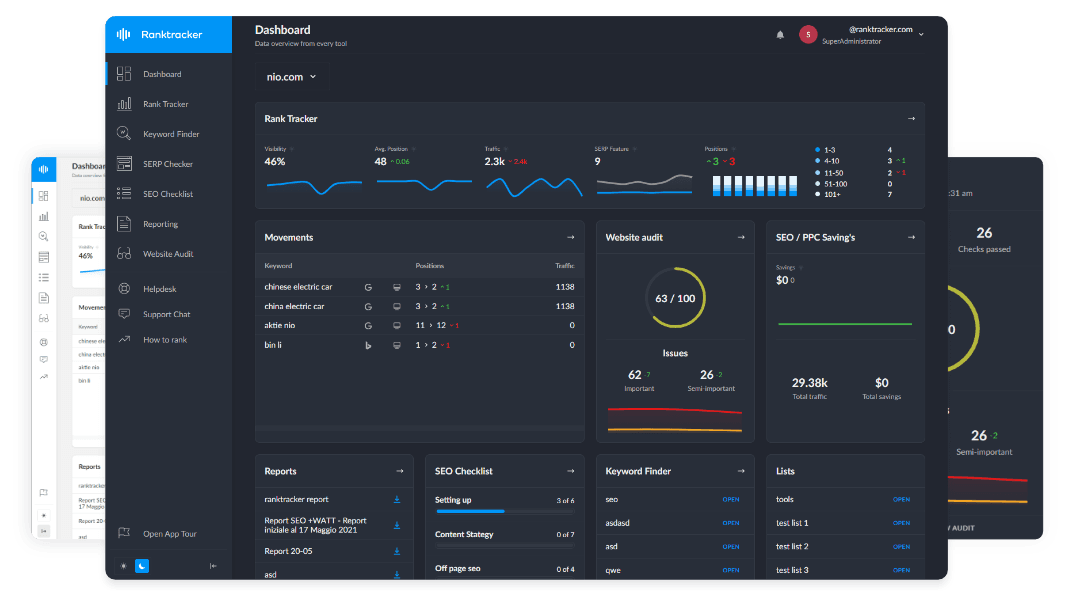Intro
Historical data in SEO refers to search engines’ use of past performance metrics, user behavior, and website history to influence rankings. Google evaluates content updates, domain authority over time, and ranking trends to determine a page’s relevance and credibility.
Why Historical Data Matters for SEO:
- Helps search engines identify trusted, authoritative domains.
- Determines content freshness vs. evergreen stability.
- Influences ranking fluctuations based on previous algorithm updates.
How Search Engines Utilize Historical Data
1. Domain & Page Authority Over Time
- Older, well-established domains often carry more trust and ranking stability.
- Example:
- A domain with consistent content updates and strong backlink history ranks better than a new website.
2. Content Update & Freshness Signals
- Google prioritizes frequently updated content for time-sensitive queries.
- Example:
- "Best SEO Tools 2024" requires regular updates to stay relevant.
3. SERP Position Trends & Algorithm Adaptation
- Search engines analyze historical ranking fluctuations.
- Example:
- A page that steadily climbs in rankings is seen as increasingly authoritative.
4. User Engagement & CTR Over Time
- Pages with consistent high CTR and low bounce rates are favored.
- Example:
- "SEO Guide for Beginners" that maintains high engagement over months signals long-term value.
5. Backlink Profile Growth & Stability
- Google evaluates historical link-building patterns to detect spam.
- Example:
- A site gaining natural backlinks over time is trusted more than a site with sudden link spikes.
How to Optimize for Historical Data in SEO
✅ 1. Maintain Consistent Content Updates
- Refresh evergreen content with new insights and data.
- Example:
- "Google Algorithm Updates" should continuously reflect latest changes.
✅ 2. Build a Long-Term Backlink Strategy
- Earn gradual, high-quality backlinks instead of spammy link bursts.
- Example:
- A natural guest posting and PR strategy is more sustainable than PBNs.
✅ 3. Monitor SERP Position Trends & Adjust Accordingly
- Use Ranktracker’s SERP Checker to track ranking patterns.
- Example:
- If a page drops consistently after an update, reassess content quality and relevancy.
✅ 4. Optimize for User Engagement Metrics Over Time
- Improve click-through rates, dwell time, and interactions.
- Example:
- Update meta descriptions and headings to maintain strong CTRs over months.
✅ 5. Ensure Domain Stability & Avoid Frequent Rebrands
- Maintain consistent branding, URLs, and website history.
- Example:
- Frequent domain changes reset historical authority and ranking progress.
Tools to Track & Optimize Historical Data
- Google Search Console – Analyze past performance and ranking trends.
- Ranktracker’s SERP Checker – Monitor historical SERP position changes.
- Ahrefs & SEMrush – Track backlink growth and historical keyword trends.
Conclusion: Leveraging Historical Data for Long-Term SEO Success
Google’s reliance on historical data ensures trustworthy, authoritative, and consistently valuable content ranks higher. By focusing on long-term content strategies, engagement optimization, and backlink stability, businesses can achieve sustained search visibility and SEO success.
For expert SEO tools, explore Ranktracker’s advanced SEO solutions and optimize your historical SEO performance today!

